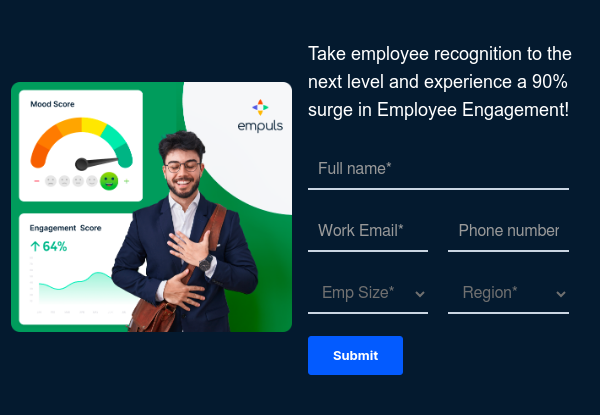How to describe company culture effectively?
When describing company culture, focus on behaviors, values, and day-to-day experiences—avoid vague terms like “fun” or “dynamic” without context.
Effective descriptions include:
- Core values in action (e.g., “We value transparency—weekly town halls keep everyone informed.”)
- The way teams collaborate (e.g., cross-functional, flat structure, agile)
- Leadership style (e.g., supportive, data-driven, hands-on)
- Flexibility and employee autonomy
- Recognition, learning, and growth opportunities
This helps candidates and employees understand what it’s truly like to work at the company.
How to create a company culture intentionally?
Creating a strong company culture is a deliberate process that involves planning, leadership alignment, and continuous reinforcement.
To create culture intentionally:
- Define the “why” behind your culture—what do you stand for?
- Co-create values with employees for buy-in
- Communicate those values consistently across channels
- Integrate culture into hiring, onboarding, and daily routines
- Use rituals, storytelling, and visual cues to bring the culture to life
- Measure cultural health and adapt based on feedback
























